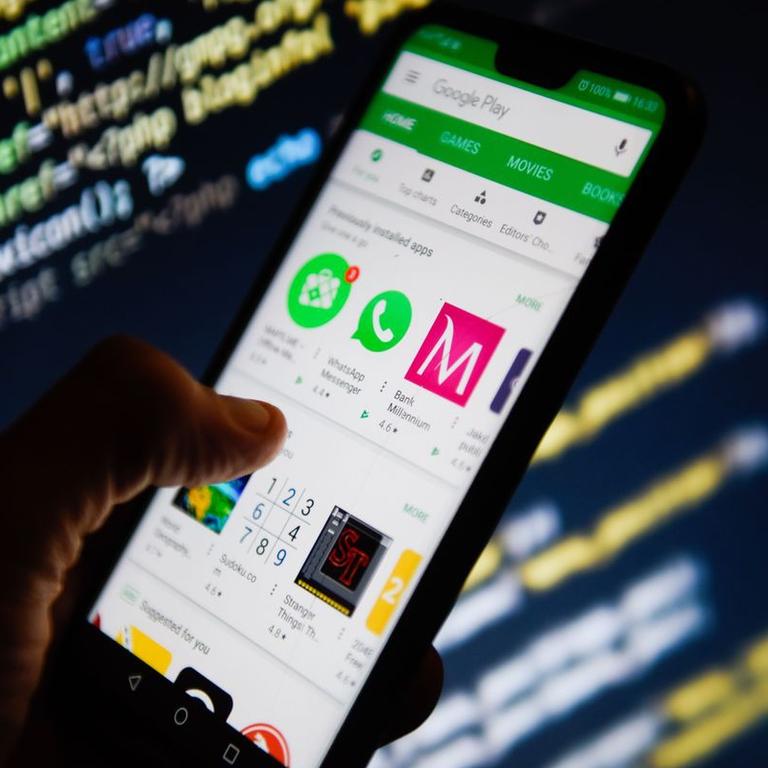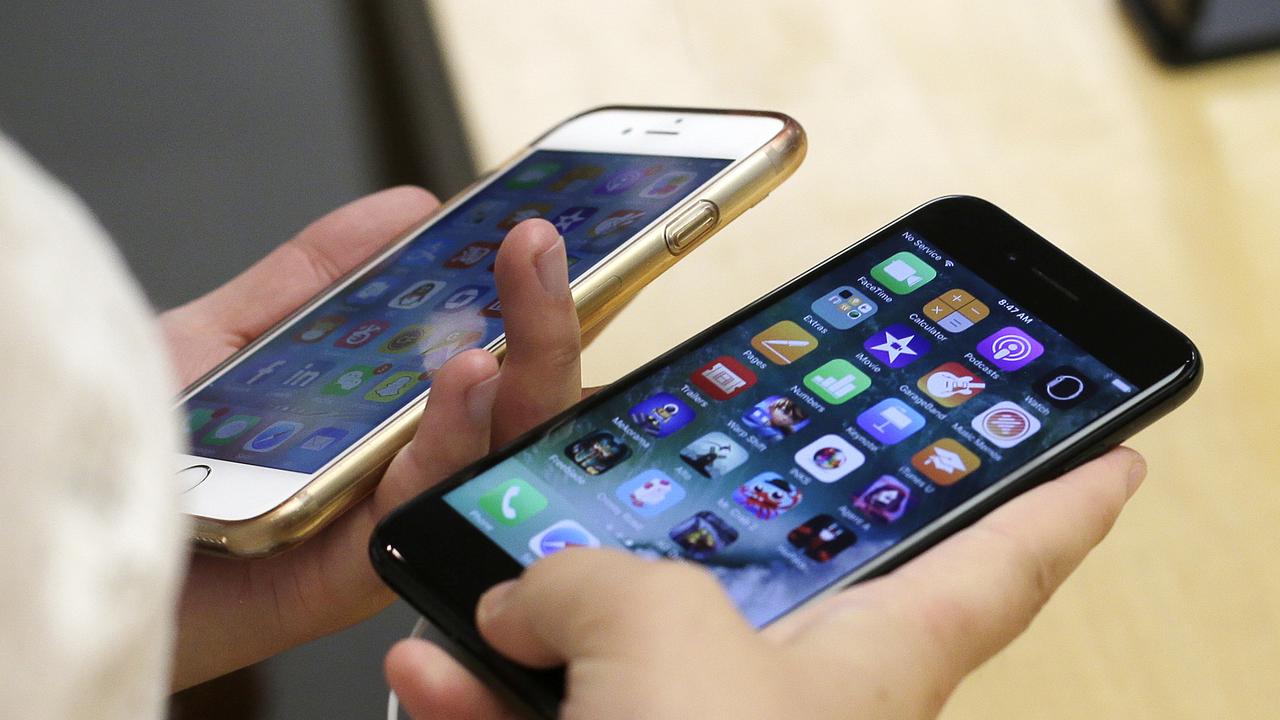Corellium ‘Project Sandcastle’ runs Android on an iPhone
Debate rages about why you would want to, but the team working to run Android on an iPhone has at least proven that it can.
In a move that will send a shiver down the spines of Apple and Google fanatics alike, some monster who wants to see the world burn has hacked an iPhone to run Android software.
Video of the sacrilegious hack has been posted on Twitter.
Here is an iPhone 7 booting Android ! pic.twitter.com/cfCdSEzTbo
— matteyeux (@matteyeux) March 4, 2020
It’s the result of something called Project Sandcastle, carried out by mobile device virtualisation company Corellium.
Corellium calls itself the “first and only platform to offer mobile virtualisation on ARM”.
ARM is the computing architecture that powers most mobile devices and is the same one that both Apple’s processors and many other smartphone chips are built on.
Corellium co-founder David Wang first pulled off the hack about a decade ago, installing Android on the first generation iPhone.
Since then the security researcher and his team have been working on repeating the feat on newer iPhones.
Apple is unsurprisingly not a fan of this.

In December, the iPhone maker filed under the US’ Digital Millennium Copyright Act (DMCA) to stop the company proceeding.
“Apple is using this case as a trial balloon in a new angle to crack down on jailbreaking. Apple has made it clear that it does not intend to limit this attack to Corellium: it is seeking to set a precedent to eliminate public jailbreaks,” Corellium CEO Amanda Gorton said in a statement at the time.
“Jailbreaking” is the process of hacking an iPhone or other Apple device to circumvent the software restrictions imposed by the company.
Those restrictions are largely to protect users from dangerous software, but some don’t like being told what they can or can’t do with the products they’ve purchased and so want a way around it.
A similar process on Android is called “rooting”.
Jailbreaking or rooting allows you to install apps from places other than the Apple or Google app stores (although Android already allows you to install non-app store apps, if you know what you’re doing).

The enclosed sandbox style of Apple’s iOS is the inspiration for the name of Project Sandcastle.
“Where sandboxes set limits and boundaries, sandcastles provide an opportunity to create something new from the limitless bounds of your imagination. Project Sandcastle is about building something new on the silicon of your hardware,” Corellium’s Project Sandcastle website reads.
“The iPhone restricts users to operate inside a sandbox. But when you buy an iPhone, you own the iPhone hardware. Android for the iPhone gives you the freedom to run a different operating system on that hardware.”
That also made it incredibly difficult to develop.
“The big challenge was that the Apple hardware is both undocumented and non-standard. Our team knows more about it than most outside Apple, but we still had to put in a considerable amount of work to build drivers for it,” Mr Wang told Forbes.
But running Android on the iPhone still presents multiple challenges.
For one, it isn’t fully featured.
You won’t be able to use the camera or install apps from the Google Play store.
The developers have succeeded in having encrypted messaging app Signal run on the device.
This potentially give security focused users a way to have private conversations that delete themselves when you restart your phone and go back into iOS.
Given Apple is currently suing Corellium over this and other hacks, coupled with the fact that you could potentially brick your device or make it vulnerable by running Android on it, you might want to think twice about doing so.



